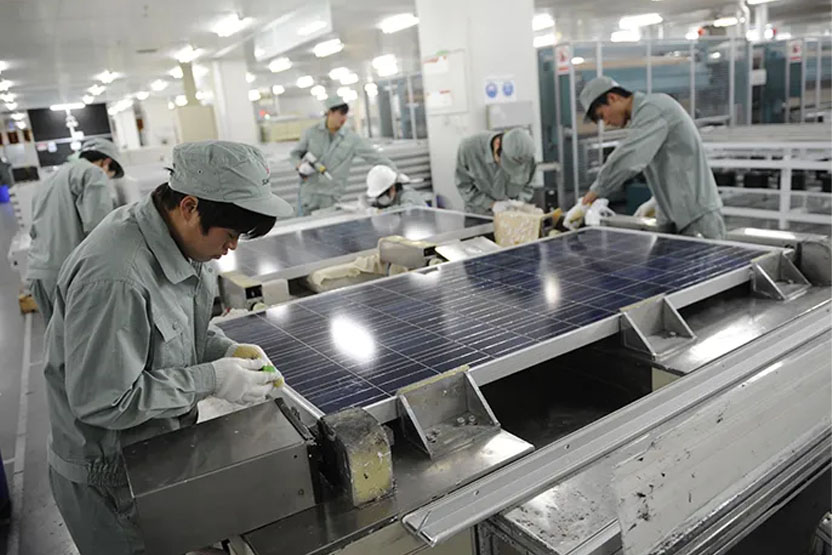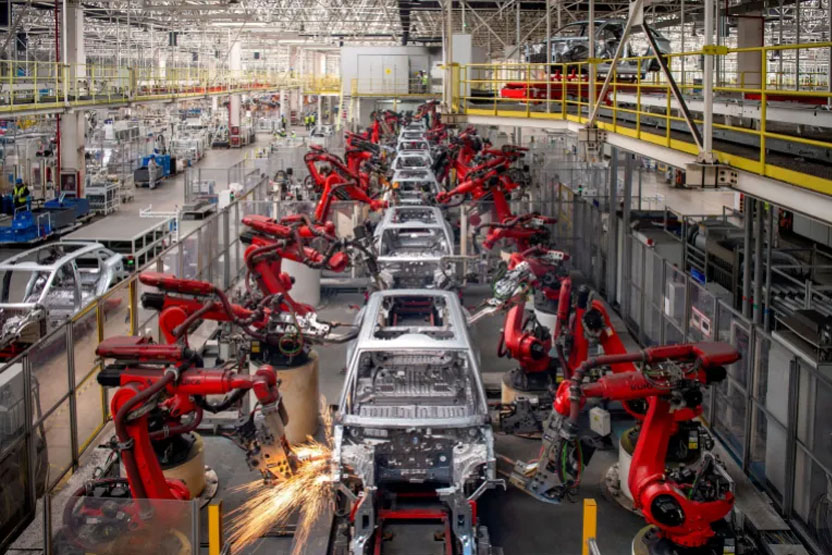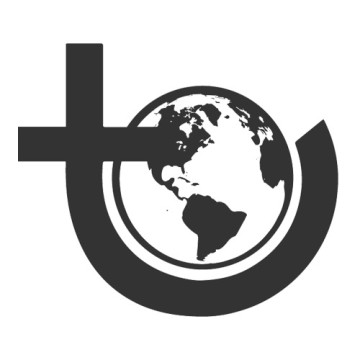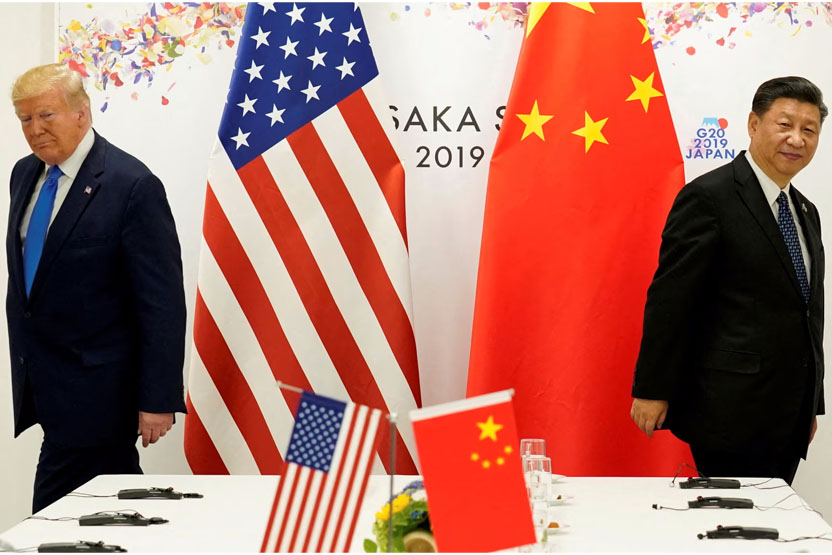China has taken the global lead in manufacturing renewable energy technologies.

China has invested nearly $680 billion in clean technology manufacturing through 2024 (Al Jazeera / French version)
The global green energy market suggests that in recent years, China has taken the global lead in manufacturing renewable energy technologies. It now produces, uses, and exports more solar panels, wind turbines, and electric vehicles than the rest of the world combined.
China currently controls more than 80% of the global solar panel supply chain, producing them at lower costs than its competitors, according to the International Energy Agency (IEA). Meanwhile, climate policies promoted by Donald Trump are hindering U.S. competitiveness with China.
High tariffs on imports, along with subsidies for domestic manufacturing, may help protect the U.S. solar industry. However, China appears to have taken a commanding lead and widened the gap with its rivals—including the United States.
Chinese companies produce solar panels at a cost of between 16 and 19 cents per watt, whereas American companies face costs of around 28 cents per watt, according to 2024 estimates.
As developing countries seek vast amounts of renewable energy equipment to grow their economies without worsening climate change, China has become their preferred supplier—including among U.S. allies.
Estimates from Griffith University in Australia indicate that Chinese energy investment and construction deals in countries aligned with President Xi Jinping’s Belt and Road Initiative totaled nearly $40 billion last year, of which $11.8 billion was directed to green energy projects.
Beijing is now leveraging its expertise in green technology to score points against climate-skeptic Trump. Following President Xi’s recent tour of Vietnam, Malaysia, and Cambodia, the Chinese Ministry of Foreign Affairs declared that “some” countries—implicitly referring to the United States—are driving up the global cost of renewable energy, while “Beijing is working with all parties to use green means to promote development.”
Trump and Xi Jinping at the G20 summit in Osaka, Japan, 2019 (Reuters)
Chinese Ascent, American Uncertainty
While Vietnam, Cambodia, and Malaysia now face U.S. tariffs of between 46% and 49%, President Xi pledged “green development” across the region through infrastructure deals. At the same time, the Trump administration tried to prevent China from turning Southeast Asia into a manufacturing and export hub for its green technologies aimed at the U.S. market.
In April, the U.S. Department of Commerce imposed tariffs of up to 3,500% on Chinese solar panel manufacturers operating in the three countries Xi visited—plus Thailand—after determining they had received unfair government subsidies.
Earlier, former President Donald Trump slashed international climate funding, which had increased under the Biden administration from $1.5 billion in 2021 to $11 billion by 2024. He also effectively dismantled USAID’s renewable energy initiatives in the developing world.
A former senior USAID official, speaking anonymously to the New York Times due to the political sensitivity of the matter, stated: “If the United States isn’t offering an alternative, countries in the region will have no choice but to deepen their ties with China.”
The same official added that terminating U.S. green tech development aid “leaves China without any real competition, which only worsens the dilemma for countries like the Philippines.”
In the Philippines, rising tensions with Beijing over disputed islands have reignited debate over a Chinese state-owned company’s 40% stake in the national electricity grid. Meanwhile, Chinese-backed hydropower dam projects have come under scrutiny amid claims that contracts unfairly favor Chinese partners.
That mistrust has stalled several infrastructure deals signed with China under former President Rodrigo Duterte. Still, Chinese firms remain active in many renewable energy projects across the country.

China accounts for more than half of global output in most green energy technologies and components (Reuters)
The Hard Choice
Philippine lawmaker Win Gatchalian acknowledges that Chinese suppliers remain essential for solar and wind installations, saying, “We have no choice but to buy our solar panels from China—they’re the cheapest in the world.”
Wind farms being developed by Alternergy are currently using 8-megawatt turbines manufactured by Envision, a Shanghai-based company. These projects will become the largest wind installations in the Philippines. Last month’s turbine delivery marked a key milestone in the Chinese firm’s ambitious overseas expansion.
“We see them ramping up activity not just in the Philippine market, but in other international markets too,” said Gerry Magbanua, head of Alternergy, a Manila-based renewable energy company, to The Washington Post. “They want to be aggressive and lead the charge for Chinese manufacturers here.”
China has invested nearly $680 billion in clean technology manufacturing through 2024, according to the International Energy Agency—roughly equal to the combined investments of the United States and European Union.
In most green energy technologies and components, China now accounts for more than half of global production—a share that increased between 2021 and 2023.
Samantha Custer, policy analysis director at AidData, a research group at William & Mary in Virginia, remarked: “China doesn’t need to do anything more to win.” She added that Beijing has been steadily “planting seeds of doubt about whether the United States is a reliable economic and security partner—and unfortunately, people now see the U.S. reinforcing that doubt.”




Comment